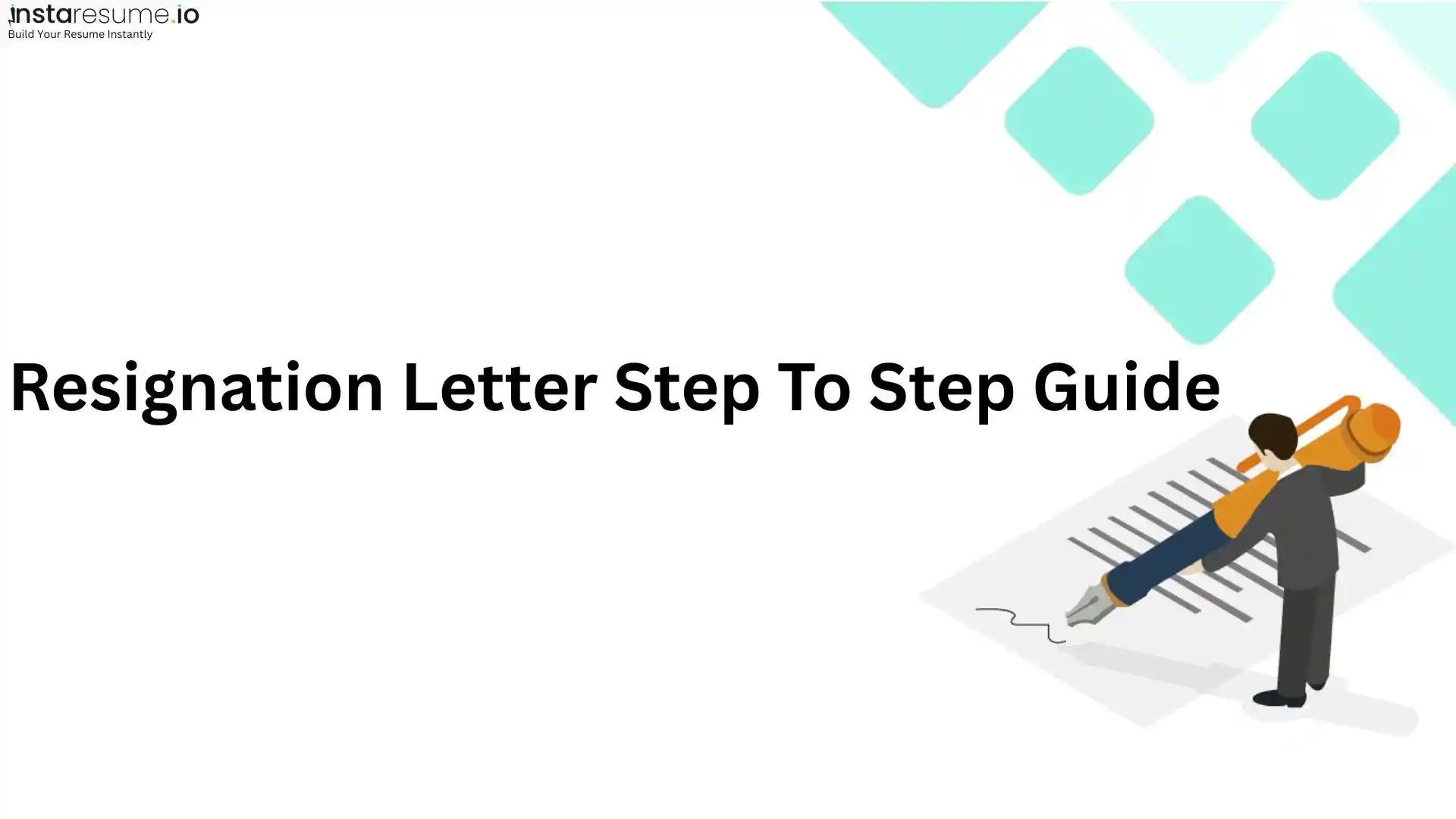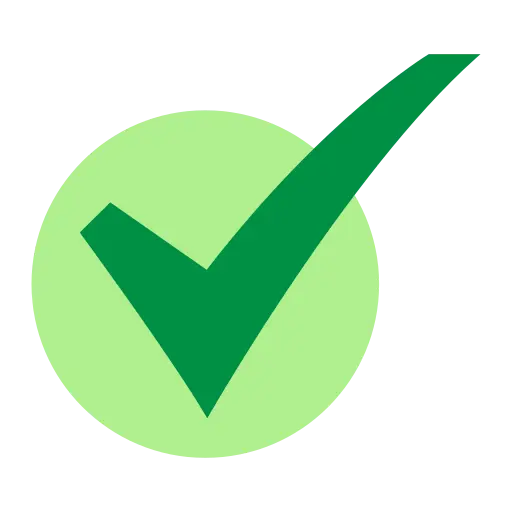How to write a professional resignation letter: step-by-step guide
Trust Score: 4.8
351 reviews

How to write a professional resignation letter
Writing a professional resignation letter is a key part of exiting any job with grace. Whether you're moving for growth, switching industries, or simply prioritizing personal goals, how you communicate your decision can shape how you're remembered long after you leave.
Why your resignation letter needs to be thoughtful
It’s easy to underestimate the importance of a short, formal letter. But this small document carries a lasting impact. It reflects your communication style, your attitude toward the company, and your ability to maintain professionalism even at the end of your tenure.
A strong resignation letter shows maturity—just like a well-written cover letter does at the start of your job journey.
Step-by-step breakdown for a professional exit
1. Start with a direct and respectful opening
Begin your letter by clearly stating your resignation, along with your role and final working date. There’s no need for dramatic storytelling—clarity is key. This mirrors the approach you'd take when writing a personal statement on your resume: straightforward, honest, and intentional.
2. Thank your employer
Express genuine gratitude for the opportunity, skills you’ve developed, or relationships you’ve built. This softens your departure and reinforces a positive final impression—just like you would when showcasing interpersonal skills in job interviews or applications.
3. Offer transition support
You don’t need to commit to working overtime, but offering to help with training or documentation goes a long way. Much like tailoring a resume to match a role, customizing this part of your letter shows thoughtfulness and accountability.
4. Keep the tone professional
Even if you're unhappy with your experience, don’t let that show. Maintain the kind of tone you’d use in a thank you email to a hiring manager—gracious and composed.
5. Close with confidence
Wrap up with a simple closing like “Sincerely,” or “Best regards,” followed by your full name. If you’re unsure how to structure it cleanly, using a modern can help guide your formatting and tone across documents.






